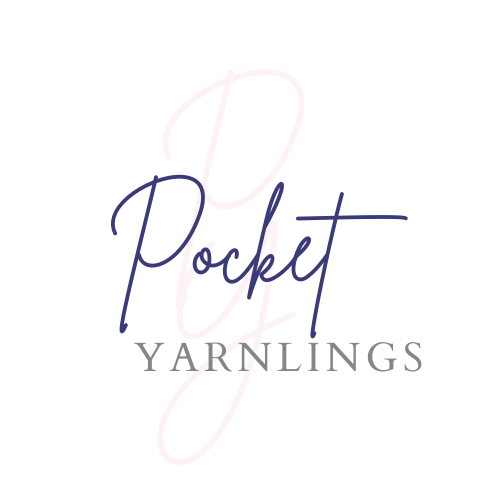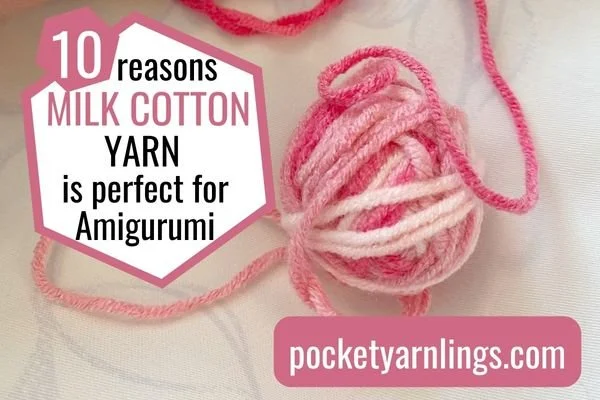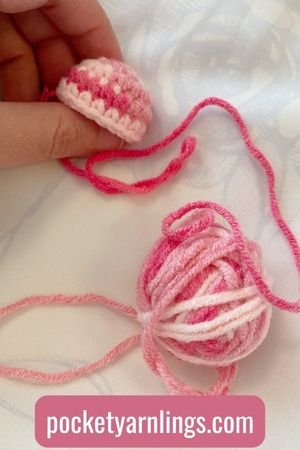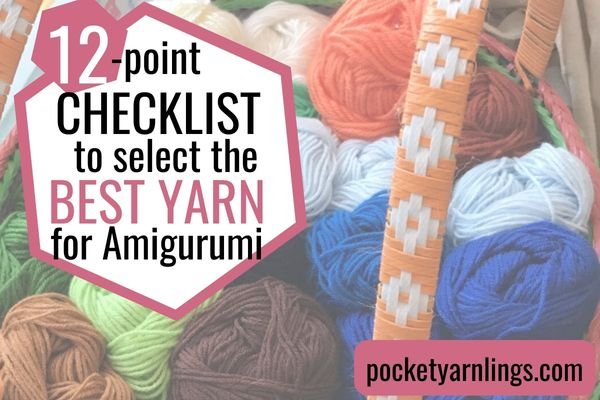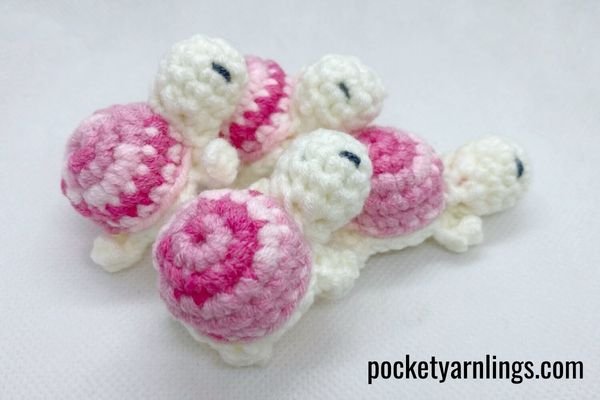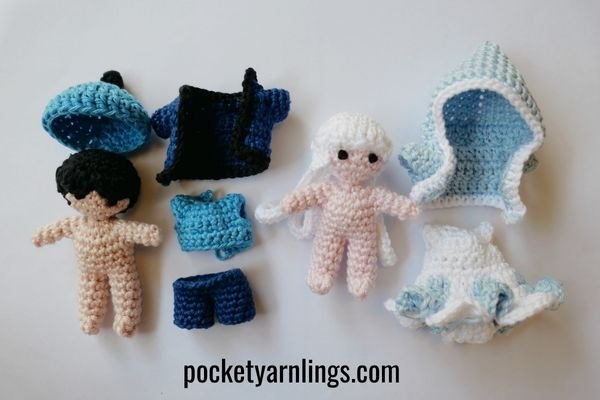Milk Cotton Yarn perfect for Amigurumi - 10 reasons why!
Ever heard of milk cotton yarn and wondering what is that all about? It is not super available internationally but for us in Singapore, it is actually quite easy to get our hands on it.
I first had a chance to try it out making a charity piece. You can read more about that here. And and I was sold - it is super nice to crochet with, even better than acrylic and even cotton! So let’s talk a bit more about milk cotton yarn.
There are affiliate links in this post. We will receive a commission if you make a purchase through our affiliate link at no extra cost to you.
Table of Contents Show
What is milk cotton yarn?
Milk cotton yarn is a specific type of cotton yarn that has slightly different properties from other types of cotton yarn - some consider to be softer and smoother and suitable for making products that are worn against the skin.
Why is it called milk cotton?
Milk cotton is a form of fabric that is made up of the casein powder found in milk, mixed together with other substances to give a cotton like consistency. This substance is called acrylonitrile, which is similarly used in acrylic clothing.
Waste milk that is unusable is taken from a dairy source, fermented and the casein protein is extracted. The powdered casein is immersed in alkali and then in sulphuric acid, with the resulting fibres made into yarn.
The finishing part is when it is combined with other substances - like acrylonitrile. There are some sources who claim they are able to make the final fibre fully organic with no additives in the production process but there is not much more information beyond that.
For the most part, milk cotton yarn is considered synthetic or semi-synthetic.
Properties of milk cotton yarn
Is milk cotton yarn environmentally friendly?
Along the same lines of what I mentioned earlier, pure milk cotton is perceived to be made in an environmentally friendly way as it reduces milk waste from dairies. These are likely sourced from independent suppliers in Europe.
The bulk of milk cotton yarn that is made in China, are mostly mixed with acrylonitrile, which means it is not environmentally friendly. Generally cost is a good indicator of where it is made and how it was made. Those that we have easy access to and are very cost-effective, are mostly sourced from China.
Does milk cotton yarn itch?
Yarn with the pure casein fibre has a gentler milder texture and has a unique allergen profile. Even with the combination of other substances, this type of milk cotton yarn has a better allergen profile than other forms of yarn like wool.
Is milk cotton yarn washable?
It is generally ok if placed in the washing machine but preferably in cold or lukewarm water. It would be considered safer to hand wash it using cold water and then air drying it. Which leads to the next question.
Does milk cotton yarn shrink?
It probably can shrink if placed inside a washing machine, but if you hand wash it as suggested above in cold water, it should be able to keep its original shape and size.
Differences from other types of yarn
What’s the difference between milk cotton and acrylic yarn?
Acrylic yarn is a fully synthetic fibre that is made from a petroleum product called polyacrylonitrile. Technically, this is something that milk cotton has in common as it is also made up of the substance acrylonitrile.
However, milk cotton yarn also consists of the casein fibre from milk, which helps to create the cotton like texture and tensility. In contrast to both, pure cotton yarn is made from the fibres of the cotton plant.
Apart from its contents, items made from acrylic yarn can be tossed into a washing machine and is less likely to shrink compared to milk cotton yarn. But it tends to pill more, which refers to the annoying felted textured appearance you can get after a while.
Milk cotton yarn does have a softer and smoother consistency and is more breathable compared to acrylic and is increasingly gaining popularity among amigurumi crocheters to make their toys!
If you are deciding which material is the best for making amigurumi projects, check out this comprehensive on ‘12-point checklist to select the best yarn for amigurumi’.
Is milk cotton softer than cotton?
From manufactures who make clothing out of milk cotton, they say that it is wrinkle-resistant, stretchable and soft with a silk-like feel.
As for me, I have crocheted with cotton yarn and milk cotton yarn and yes I would have to agree it is definitely softer and smoother! As a result, it does give my final amigurumi projects a bouncier and silkier feel which was not something I was expecting!
Making use of milk cotton yarn
Is milk cotton yarn good for crochet?
Yes! Apart from the awesome properties this yarn confers from the examples above, it is a super easy yarn to handle and can be used by beginner crocheters as well. Not just for crocheters, it is also great for knitters too. You just need to get the right crochet hook for the right yarn weight - more about that later below.
What is milk cotton yarn good for?
Because of its bacteriostatic, odourless and breathable nature, it can be used to make wearables that are placed close to the skin, especially for summer wear. Think rugs or blankets too.
Other ideas if supply is an issue include socks, scarves, hats, cozies or market bags. In addition to being less allergenic, this is also a great choice for making toys like amigurumi!
What can I make with milk cotton yarn?
Some ideas to start off with after getting your first ball of milk cotton yarn, is to make animal or doll amigurumi for children. My first encounter with milk cotton yarn was when I made a project for charity. You can read all about it here. Take any amigurumi pattern you usually would make with cotton or acrylic yarn and try it out with milk cotton yarn!
What ply is milk cotton yarn?
The common ply count for milk cotton yarn that is readily available is 4-ply, 5-ply and 8-ply. Which loosely corresponds to the yarn weights - super fine or fingering, fine or sport and light or DK. As you will see in this post titled ‘12-point checklist to select the best yarn for amigurumi’, ply might not always correlate directly with yarn weight.
What hook do you use for milk cotton yarn?
The answer to this depends on the weight and ply of yarn used and what you intend to make with the yarn. For the 5-ply milk cotton yarn, which is the most readily available type, the recommended hook size is 3 - 3.5mm for Amigurumi or 3.5 - 4.5mm for Wearables or other projects. For more information on different types of crochet hook, remember to check out 'Best Crochet Hook for Amigurumi and 12 ways for Choice Selection'.
Deciding on the final yarn
Where to buy milk cotton yarn?
This is a tricky question, I guess it depends on what part of the world you come from. I get mine from a local store who brings in an extensive colour selection from China.
If local sources are not possible for you, consider online sources. Because this might not be easy to find in your usual local large yarn stores, consider Amazon - they even have the brand we use frequently! Except the colour selection might be limited for that option.
Alternatively you could try Etsy, there are some yarn suppliers but you will also have to factor in shipping charges as well. After all is said and done and you can’t get hold of milk cotton yarn, are you thinking what can substitute?
What is a substitute for milk cotton yarn?
A milk cotton yarn equivalent would be to consider other forms of cotton or cotton blends! I have not had the chance to try out some of these yarn but I intend to some day!
Other types of cotton to consider include Organic, Pima, Egyptian, Mercerized.
Organic cotton yarn is eco-friendly and sustainable, supposed to be grown without pesticides or chemical fertilizers. Some crocheters pick this because it is environmentally friendly! See more about organic cotton yarn in this article.
Egyptian cotton, amongst all the different types of cotton is considered the highest quality and most luxurious cotton, but also the costliest.
Another cheaper alternative but similarly high quality yarn after Egyptian yarn is Pima yarn. Using it to crochet can create ultra soft and durable fabrics.
Mercerization is the process of treatment with caustic soda, which makes the cotton more lustrous. This means that the fuzz of cotton is removed, causing the final yarn to appear shiny.
Also consider cotton blends as well - there are some many options to consider. Cotton with acrylic, cotton with wool, cotton with polyester, cotton with bamboo and even cotton with silk!
Conclusion
Hope this was useful, whether you decide to use milk cotton yarn, or you just want to think about it for the future. In summary, milk cotton yarn is made up of casein from milk and results in yarn qualities like softness, squishiness and less itching. So consider trying sport sized milk cotton yarn to make amigurumi!
You might find this article useful on ‘12-point checklist to select the best yarn for amigurumi’ and also grab this that whole checklist below, to keep with your crochet pattern projects so you don't miss a thing when deciding on your next yarn purchase!

